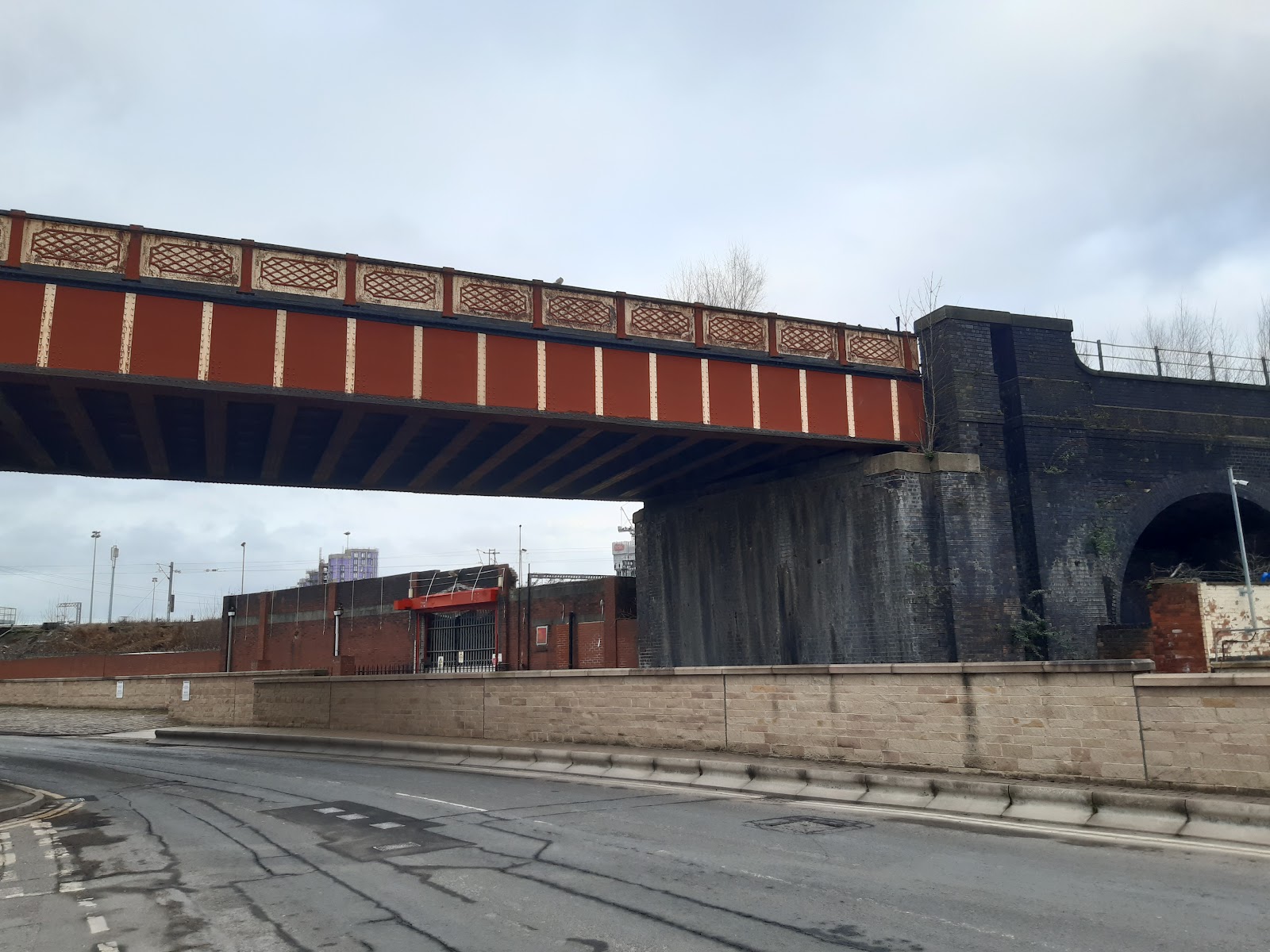Circles and arcs
I wrote about curves previously, but if your curve is a circle - or a section of a circle, an arc, - you have other options.
Cylinder
The most obvious is to just use a cylinder mesh. Remember to give it enough sides that it will resemble a smooth curve when printed. As a rough guide, at least 2 sides for every millimeter in the diameter. Too many, and you are slowing the computer down unnecessarily, too few and the steps will be visible.
If you want a hollow cylinder, create two, one inside the other, with the inner one a bit longer. Then on the outer one add a Boolean modifier, and apply the inner one,
I like to put all the meshes that are just there for Boolean operations into their own collection. You can then hide that collection, and see the hole.
If you want a section of a circle, you can just delete the vertices you do not want, and add faces as required. However, if you have a more complicated shape composed of several concentric cylinder that gets harder to do, and you are better off using the Spin tool.
Spin Tool
The Spin tool is available in Edit mode. Select a face (or several), then click on the tool. An arc will appear with + at each end, just drag from one end. It will do a spin, but just accept is will be wrong, and then you can put in the numbers you want in the dialog.
Note that you can change the axis of the spin by selecting X, Y or Z at the top left before dragging.
So let us see it in action. I am going to make a cast iron arch for a bridge. You can see what I am aiming for here, one of many bridges in Castlefield:
The arch is symmetrical, so I will create the left side, then join the components altogether and use a mirror modifier to generate the right hand side.
The Curved Girder
The basis is a plane mesh, rotated to be vertical and facing the x-axis, and then modified to give the right cross-section. This was done in Edit mode by subdividing the vertical edges to give two extra vertices on both, and then extruding out from the top and bottom on each side.
Still in Edit mode I selected all the faces, and went to the spin tool, and clicked the Y.I then created one vertical with the fancy bit at the top, mirrored it and then arrayed it. The arch is again made using the spin tool.
This version has some extra detailing, but that is the basic principle.









Comments
Post a Comment